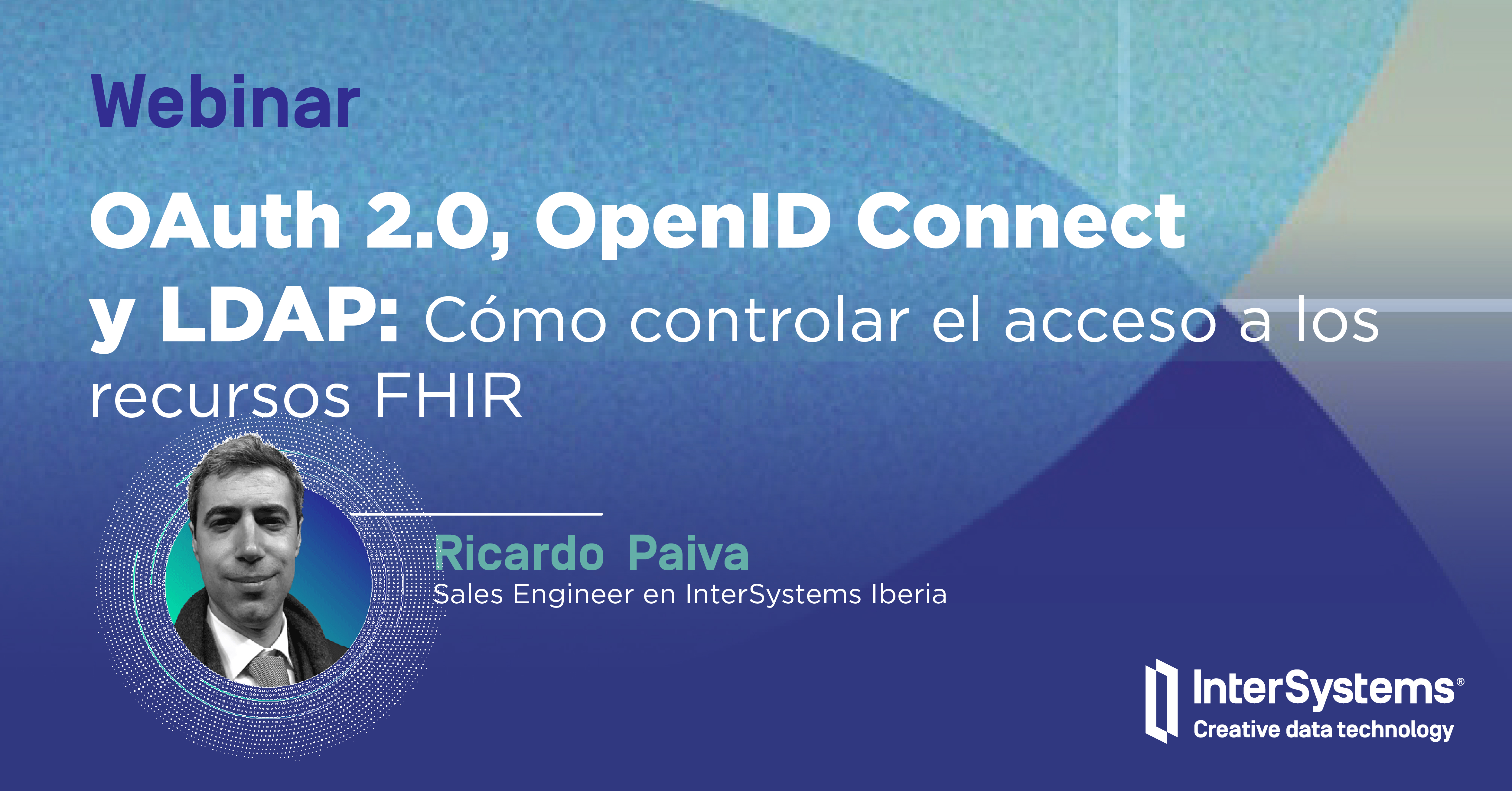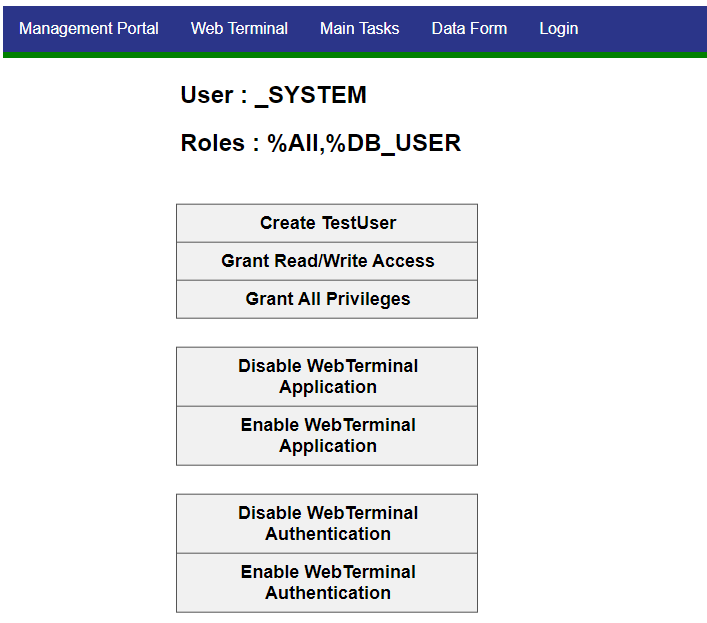Hi Developers,
Get an overview of InterSystems IRIS in the different roles in OAuth 2.0 and the configuration menus for those roles. Watch practical demos of InterSystems IRIS in those roles and see how they connect back to OAuth 2.0 concepts:
⏯ OAuth 2.0 in Practice with InterSystems Products @ Global Summit 2023
https://www.youtube.com/embed/4jAeztgR0Gs
[This is an embedded link, but you cannot view embedded content directly on the site because you have declined the cookies necessary to access it. To view embedded content, you would need to accept all cookies in your Cookies Settings]


.png)
.png)
.png)
